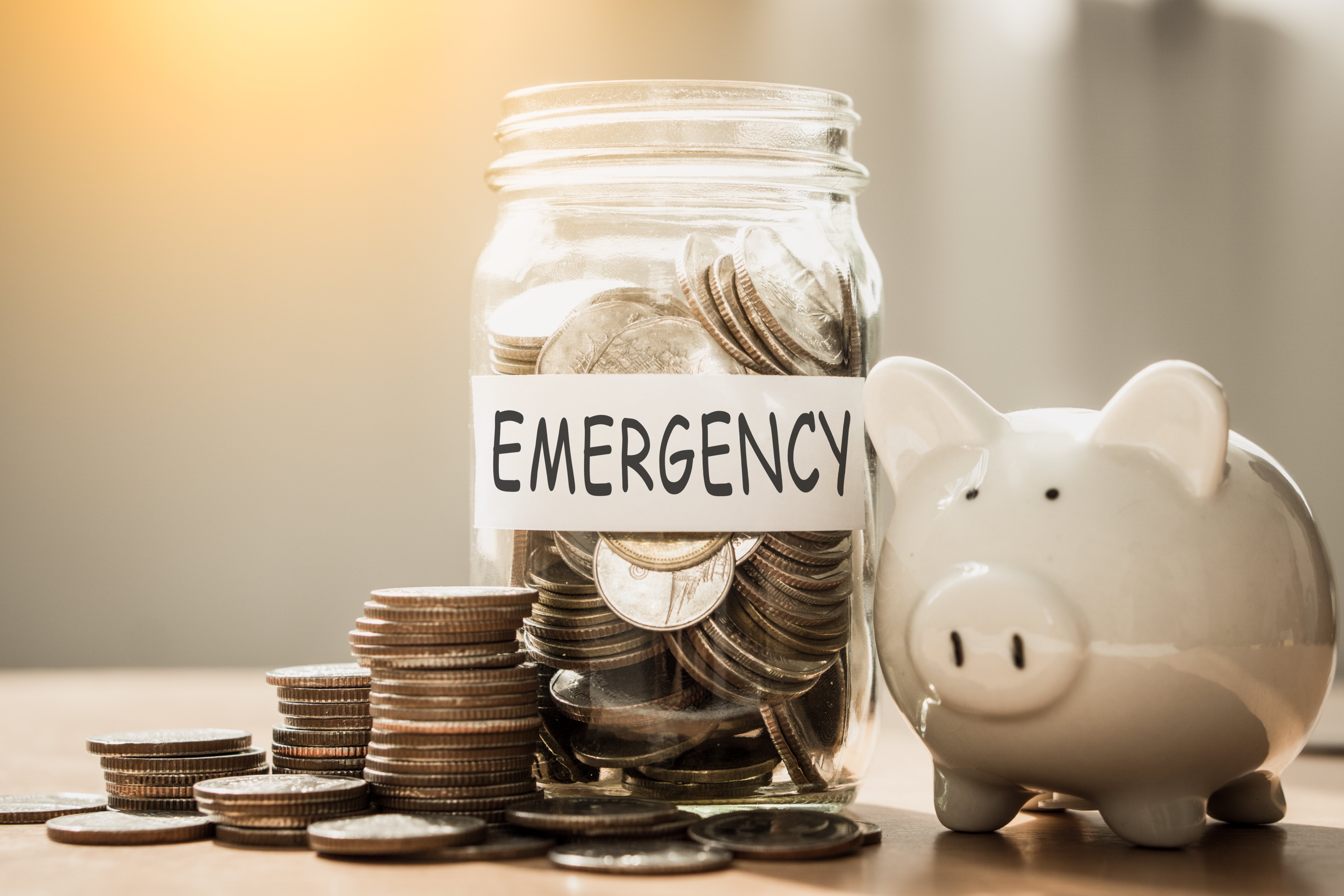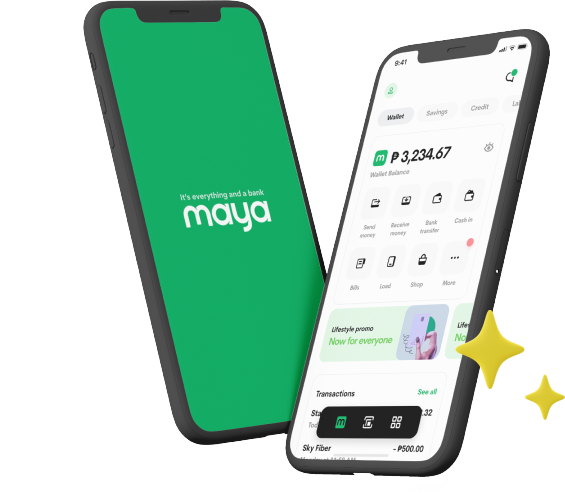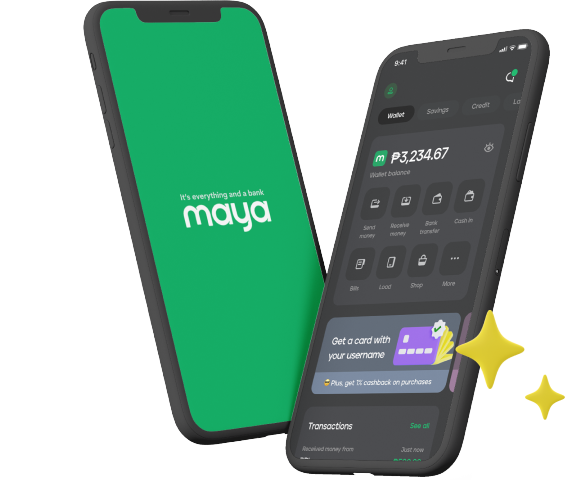
With the rise in popularity of online credit card applications and digital banking, accessing financial products has never been easier. Whether you need extra funds for daily essentials or a larger amount for major purchases, both credit cards and bank loans are convenient solutions to your financial needs. However, it’s crucial to know exactly which of the two you need, as each serves a different purpose and comes with its own advantages and limitations.
While credit cards are ideal for short-term spending and building credit, bank loans can be better suited for larger, long-term expenses. Understanding the differences between them can then help you make a smarter financial decision. This quick guide will break down the key factors to consider when deciding whether to apply for a credit card or a bank loan.
1. Purpose of the Credit or Loan
Before deciding whether to get a credit card or a bank loan, think about why you need the money. If you need extra funds for everyday expenses, small recurring costs, and emergencies, a credit card might be the better option since you can borrow as needed. For example, you can use your Landers Cashback Everywhere Credit Card to conveniently pay for your weekly groceries and earn cashback vouchers for expenses you’re already going to spend on anyway. Additionally, the card lets you access exclusive Landers discounts and promos since it doubles as a Landers membership card, giving you additional savings in the long run.
On the other hand, if you need a large, one-time amount for something like home renovations, a car purchase, or starting a small business, then a bank loan is the better choice. This is because loans provide a lump sum with structured payments, making it easier to budget and manage your repayments.
2. Interest Rates and Fees
The cost of borrowing is another big factor to consider. Bank loans tend to have lower monthly interest rates than credit cards, making them more affordable if you need a larger amount and plan to pay it off over time.
That being said, credit card interest rates are easily manageable so long as you pay your balance in full each month. If you’re a Landers Cashback Everywhere Credit Card holder, paying your dues to ensure your balance won’t incur additional charges is easy. You can simply use your Maya Wallet funds to directly settle any credit card bills, ensuring that you stay on top of your balance and avoid penalty fees.
3. Repayment Terms
How you plan to repay the borrowed money also matters. Before sending in your credit card application online, do make sure to check the repayment terms, including interest rates and payment options. Credit cards offer flexible payments, meaning you can pay in full, pay the minimum, or choose an amount in between. However, it’s highly recommended that you pay your balance in full each month to avoid interest charges from snowballing.
Meanwhile, bank loans have fixed monthly payments over a set period—with common terms being 12, 24, or 36 months—so you’ll always know how much to set aside each month. If you prefer structure and predictability, a loan is ideal. However, if you need flexibility, a credit card may work better for you.
4. Loan or Credit Limit
The amount you need to borrow is another key consideration when choosing between a credit card and a bank loan. Credit card limits vary based on your income and credit history. Thus, while they can be useful for small to medium expenses, they might not be enough for big financial needs.
If you need larger funds, a bank loan is usually the better choice as it lets you borrow higher amounts, depending on your qualifications and the loan provider. For example, if you only need PHP 10,000 for an emergency expense, a credit card can work well enough. If you’re planning a major home renovation, however, then getting a loan will likely be more practical.
5. Rewards and Perks
If you prefer getting extra benefits on your credit line, then a credit card is more appealing as it comes with perks like cashback or exclusive discounts. When choosing a credit card, make sure to pick one that lets you earn more rewards and savings. For instance, the Landers Cashback Everywhere Credit Card gives you up to 5% cashback at Landers, 2% on dining spends, and 1% on all other qualified transactions.* You can also enjoy a generous annual cashback cap of PHP 200,000, making it one of the most competitive cashback credit cards in the Philippines. This large cashback cap is especially helpful if you plan to frequently use your credit card for day-to-day transactions.
On the other hand, bank loans don’t come with perks as they’re mainly focused on helping borrowers access larger amounts with structured repayment terms. Thus, if your priority is simply securing a large sum with manageable monthly payments rather than earning rewards or perks, a bank loan is the more suitable option.
6. Financial Discipline
Lastly, consider your spending habits before making a decision. If you’re good at managing your finances and paying off your balances on time, a credit card can be a convenient and rewarding tool. However, if you tend to overspend or struggle with payments, a bank loan might be the better option since it forces you to stick to a fixed repayment schedule.
One way to stay disciplined with your spending is by regularly monitoring your expenses. Your Landers Cashback Everywhere Credit Card makes this convenient as transactions can all be reviewed via the Maya app. You can also access your credit card statements on the app, so it’s easier to compare expenses across various months to adjust your budget plan.
When deciding between a credit card and a bank loan, it’s all about which one fits your financial situation and goals best. Some people need the flexibility of a credit card, while others prefer the structured payments of a loan. At the end of the day, what’s important is knowing how to manage credit responsibly so that whichever option you choose, you can be assured that it’ll work in your favor.
*Transactions that don’t qualify include: cash in, cash advance, quasi cash purchases, casinos and gambling, fuel, supermarket, pharmaceuticals, utilities, telco, and government.
You might also like
These Stories on Maya Bank




